1.
The appropriate instrument used for drawing circles on paper is a
pair of dividers.
pair of compasses.
protractor.
set square.
2.
Which of the following methods of drawing is in two dimension?
Isometric
Oblique
Orthographic
Perspective
3.
In designing and making, the stage where useful information is gathered for solving the problem is
analysis.
investigation.
situation.
specification.
4.
An electronic component which indicates that current is flowing in a circuit is
capacitor.
diode.
LED.
indicator.
5.
Figure 1 shows the pictorial view of a block. Use it to answer the question below.
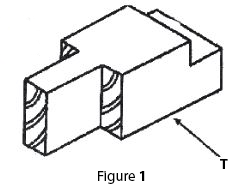
Which of the following represents the front view in the direction of arrow T?
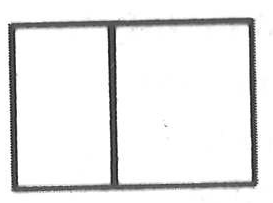
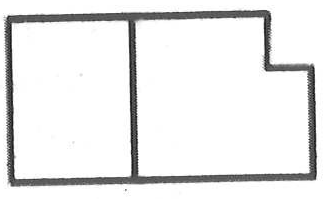
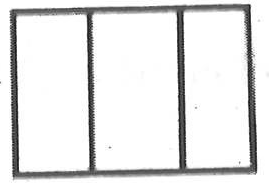
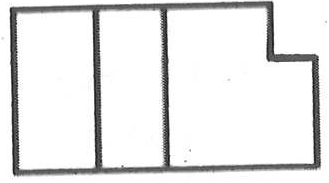
6.
Figure 1 shows the pictorial view of a block. Use it to answer the question below.

The correct plan, viewing from the top is
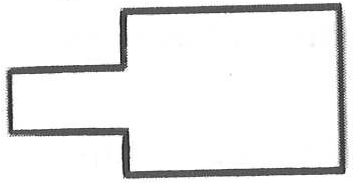
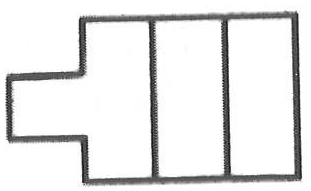
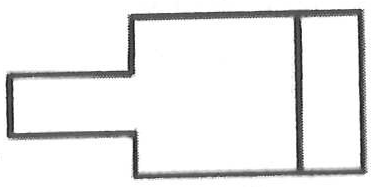
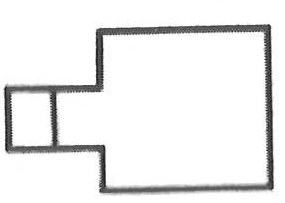
7.
When laying a table for a customer, the fork is placed
in front of the plate.
at the right side of the plate.
across the plate.
at the left side of the plate.
8.
A French seam is the most appropriate seam for
children's wear.
heavy weight fabric.
light weight fabric.
undergarments.
9.
In order to retain the nutrients in leafy vegetables
cut one hour before cooking.
cut when ready to cook.
cut when the water is boiling.
cut few minutes before cooking.
10.
Food is preserved mainly to
maintain its nutrient.
make it last longer.
make it palatable.
protect micro-organisms in food.
11.
On the 6-point colour wheel, blue is next to
Green.
Orange.
Yellow.
Red.
12.
Identify the pair that are principles of design.
Variety and rhythm.
Balance and colour.
Repetition and dots.
Contrast and shape.
13.
The colour violet symbolizes
wealth.
peace.
aggression.
royalty.
14.
The inscription BB on a pencil indicates that it
is hard.
is soft.
breaks easily.
sharpens well.
15.
Which of the following depends on the principles of perspective in design?
Balance
Foreshortening
Repetition
Rhythm
16.
One characteristics of aluminium is that, it is
brittle.
heavy in weight.
tough.
light in weight.
17.
Sand is used in mortar to
increase the volume.
increase shrinkage.
harden the mortar.
reduce cracks.
18.
The most suitable timber used for decorative work is
Mahogany.
Ofram.
Odum.
Wawa.
19.
The feet of a craftsman is protected in the workshop by wearing
Boots
Canvas.
Socks.
Sandals
20.
Figure 2 shows a process of pulling out a nail. Use it to answer the question below

The tool labelled M is a
Ball pein hammer.
Claw hammer.
Club hammer.
Warrington hammer.
21.
Figure 2 shows a process of pulling out a nail. Use it to answer the question below

The main purpose of the piece of timber labelled N is to
avoid splitting the timber.
keep the nail straight.
prevent damage to the work surface.
prevent the handle of the hammer from breaking.
22.
The process of transferring the plan of a building from the drawing to the ground is called
laying.
marking-out.
walling.
setting-out.
23.
Use figure 3 to answer the question below.
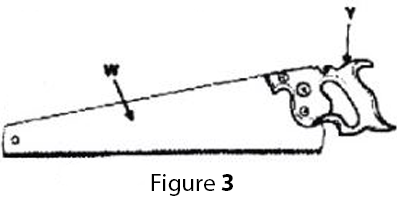
The type of saw shown in figure 3 is a
Cross-cut saw.
Dovetail saw.
Hacksaw.
Tenon saw.
24.
Use figure 3 to answer the question below.

The suitable fastener used for joining the parts labelled W and Y together is
bolt.
nails.
rivet.
screw.
25.
Figure 4 shows a circuit diagram. Use it to answer the question below.
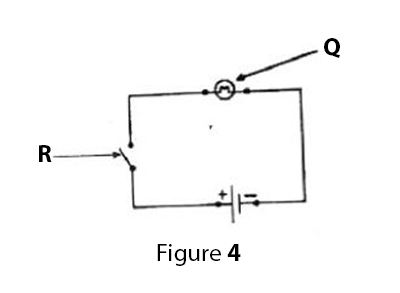
The symbol labelled Q is a
cell.
diode.
lamp.
socket.
26.
Figure 4 shows a circuit diagram. Use it to answer the question below.

The symbol labelled R is a
capacitor.
door bell.
lamp holder.
switch.
27.
Which of the following is true about Third Angle Orthographic projection?
Plan is below front view.
Plan is above front view.
End view is always on the right side of front view.
End view is always on the left side of front view.
28.
Figure 5 shows a sketch of a wooden block. Use it to answer the question below.
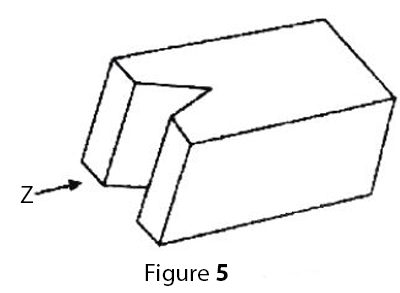
The view representing the front elevation in the direction of arrow Z is
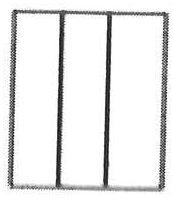
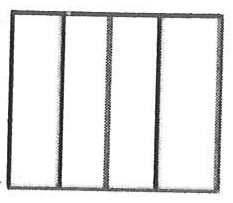
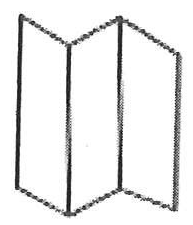

29.
Figure 5 shows a sketch of a wooden block. Use it to answer the question below.

The view representing the plan is
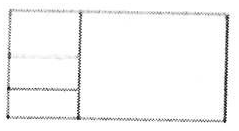
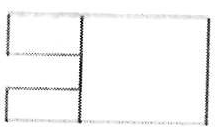
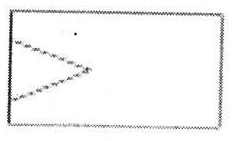

30.
Which of the following instruments is used together with the tee-square to draw vertical lines?
A pair of compasses.
Rules.
Protractor.
Set square.
a)
State two advantages of sautéing
b)
i)
State one major function of each of the following nutrients in children.
α)
Carbohydrate;
β)
Vitamins.
ii)
State two uses of embroidery stitches.
c)
i)
Complete the table below.
| INSTRUMENT | ONE USE |
| Pair of compass | |
| 60 degrees set square |
ii)
List two types of business enterprise.
d)
i)
Define exhibition.
ii)
Give two reasons why artworks are exhibited.
iii)
List two types of exhibition.
iv)
State one major difference between the two types of exhibition.
a)
i)
State two causes of accidents when using hand tools in the workshop.
ii)
List four personal safety clothing used by a craftsman.
b)
i)
State two grades of abrasive materials.
ii)
List four types of measuring tools used in block work.
c)
Figure 1 shows a sketch of a woodwork joing.
Use it to answer questions c(i) to (iv).
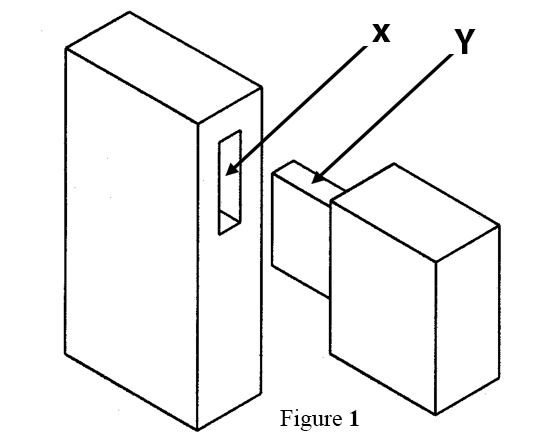
i)
Name the type of joint shown.
ii)
Identify the parts labelled X and Y
iii)
List two types of adhesive materials that can be used to strengthen the joint.
iv)
List two specific tools used for preparing the joint.
a)
Figure 2 shows the isometric view of a urinal.
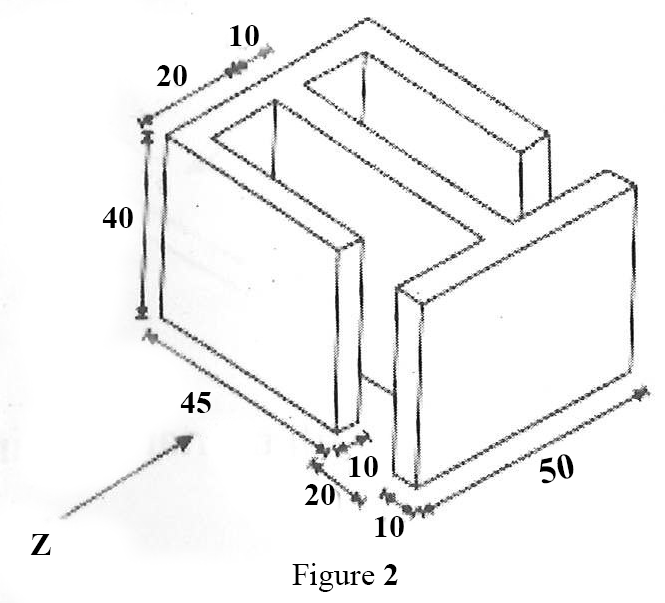
i)
Draw full size the front view in the direction of arrow Z in First Angle Orthographic projection.
ii)
Draw full size the plan.
b)
i)
Make a freehand pictorial sketch of a trowel.
ii)
Label any two parts of the trowel sketched in (b)(i).
iii)
State one use of the trowel.
a)
i)
State the difference between a brick and a block.
ii)
List two materials used for moulding sandcrete blocks.
iii)
List three tools used for moulding sandcrete blocks.
b)
State one use of each of the following materials:
i)
Aluminium
ii)
Copper
c)
List two tools used in each of the following operations in woodwork:
i)
Preparing a smooth wooden surface.
ii)
Holding a woodwork piece firmly on a bench.
d)
i)
Make a freehand pictorial sketch of the triangular file.
ii)
Label any three parts on the sketch in (d)(i) above.